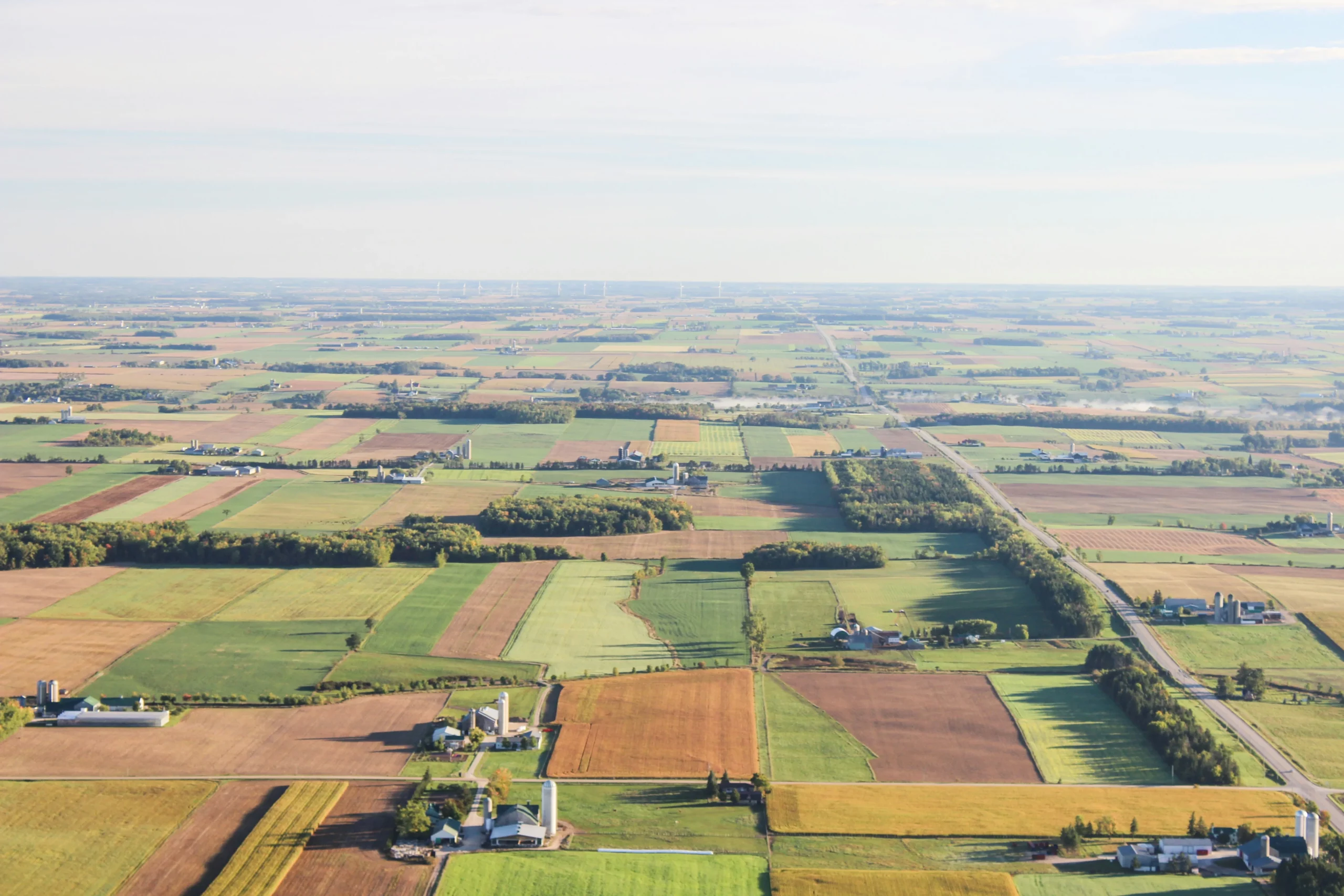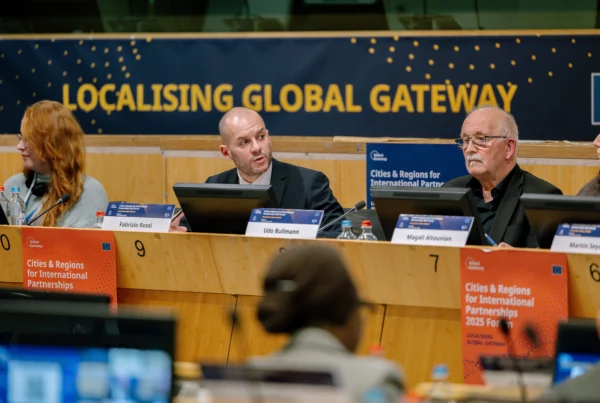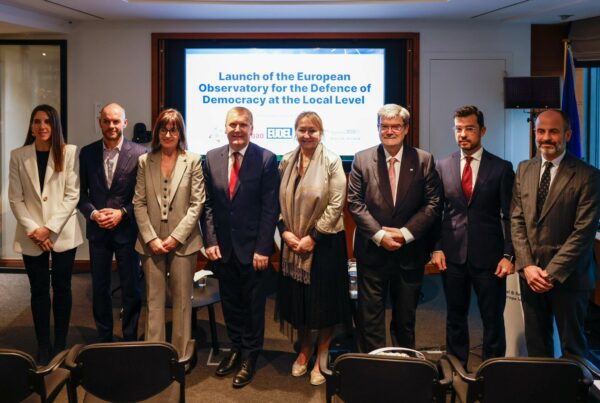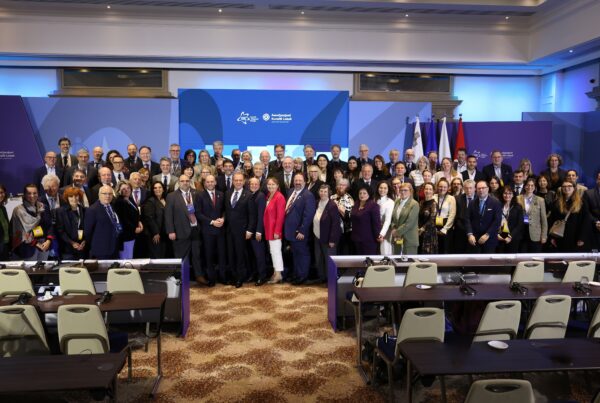EU develops its vision for rural areas alongside local governments
Good news! The long-awaited EU’s long-term vision for rural areas towards 2040 was finally presented this week by the EU Commission’s Vice President, Dubravka Suica, and Commissioners for Cohesion, Elisa Ferreira, and for Agriculture, Janusz Wojciechowski.
Today, rural areas are home to almost 30% of Europe’s population (137 million people in total) which covers 80% of the EU’s territory. However, their situation is a cause for concern: depopulation and the decline of public services are driving alienation and political discontent across our continent.
With this new vision, the EU executive aims to ensure stronger and connected rural areas through mobility and digital solutions, areas more resilient to climate change and economic crisis and prosperous rural areas through diversified economy.
With no doubt, the EU is part of the answer, but it has to involve towns and regions as drivers for long-term territorial development. Here in short is what is planned:
What place for local and regional governments?
The Commission aims to mobilise public authorities at all levels and rural stakeholders, with the launch of a Rural Pact by the end of 2021. It invites the different levels of government to design a strategy and an action plan addressing the challenges faced by rural areas.
We need to ensure that Europe’s towns and regions will be at the centre of this strategy. In this regard, the creation of a “Rural revitalisation platform” represents a great step forward as the one-stop shop for rural communities, project holders and local governments offering guidance on funding opportunities and visibility for successful projects.
According to the communication, a special focus will be put on the collection of best practices specifically for rural municipalities and regions, around sustainable multimodal mobility, energy transition and climate adaptation.
At CEMR we have advocated a change in narrative towards more positive messages that promote assets of the countryside, from a cultural and tourism viewpoint, but also through economic diversification. It is a great step ahead that EU’s vision is clearly aligned with this recommendation and that it recognises the diversity of rural areas, calling for locally designed solutions.
An EU Rural action plan to implement the vision
The Commission also proposed a Rural action plan to implement its vision around some flagship initiatives. But in terms of funding, it doesn’t propose new financing sources beyond the European Agricultural Fund for Rural Development (EAFRD), the Cohesion Policy funds, the Recovery and Resilience Facility and InvestEU. Therefore, the Commission also intends to develop a toolkit on access to and optimal combination of EU funding opportunities in rural areas, accessible to local and other stakeholders.
There is a need for more consistency between various EU policies and their impact at the local level. This is why we welcome the introduction of a “Rural proofing” mechanism to analyse any potential impact that EU policies may have on rural jobs, growth and sustainable development as part of the Better Regulation Agenda.
As of now, all EU policies will be reviewed through a rural lens, the Commission is creating a rural observatory in 2022 to better understand and analyse economic, social and demographic trends in rural areas.
Citizens support local decision making
A recently published Eurobarometer shed light on citizens’ concerns around the situation of rural areas. Some of the results resonate clearly with CEMR’s recommendations to revitalise the countryside:
– 79% of EU citizens support the EU giving consideration to rural areas in public spending decisions
– 65% think that the local area or province should be able to decide how the EU investment in rural areas is spent
– 44% mentioned transport infrastructure and connections as a key need of rural areas
Nest steps
By mid-2023 the Commission will take stock of the achievements and highlight remaining gaps and funding needs. In 2024, it will come up with recommendations for the upcoming Commission’s budget (2028-2032).
For CEMR also our work will continue. Save the date for our session “Rural connections” on 14 October (11.30 – 13.00) during the European Week of Regions and Cities. We will discuss how to achieve the vision’s objective through mobility and digital innovation.

Advisor – Territorial Cohesion & Local Finances






